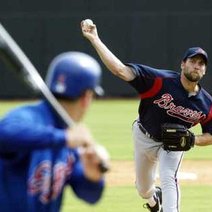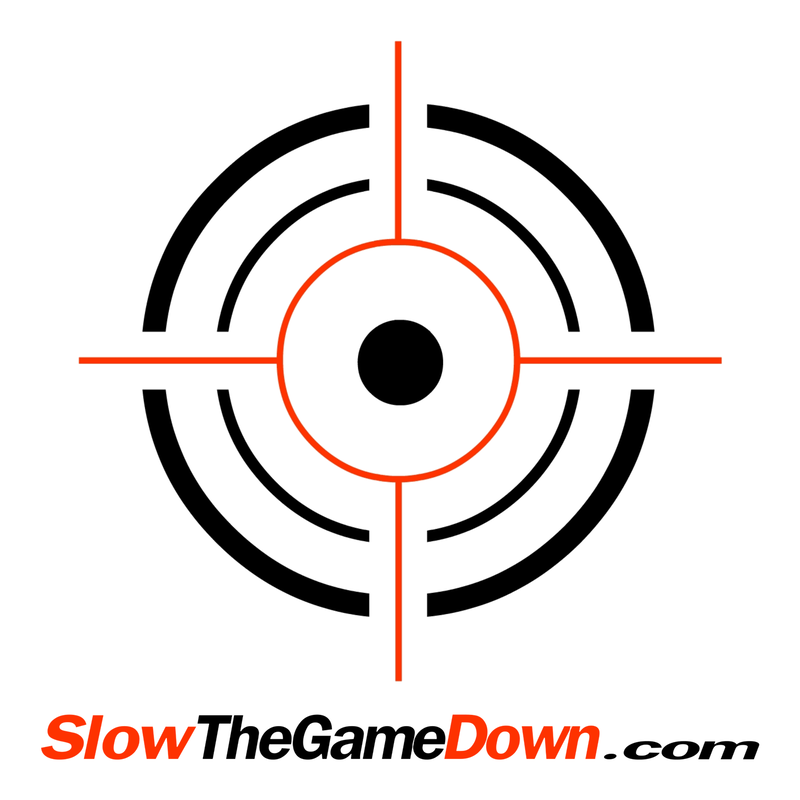 Consistantly hitting a baseball requires exceptional visual skills that are most challenged by speed, extraneous motion and peripheral distractions. To get the eyes to work better in baseball the visual system's processing speed needs to be ramped up so the player can see and react more quickly and efficiently. The importance of eye speed can be clearly considered when you think of when you see a red light, and then step on the brakes. Their “visual brain” processing speed defines how fast you can register and identify an external visual stimulus—the red light. Their “motor brain” controls their motor speed of physical reaction time, defines how fast you can react to it—step on the brakes. Their sensory brain process incoming information processed through their various senses and sends that appropriate information to their motor brain which is responsible for their physical reflexes, or reactions. Their motor brain can stimulate a physical reaction typically in 250-300 milliseconds (ms). People with very quick reflexes can react to a stimulus in under 200ms. Physiology textbooks state that the limit of our response is 150 ms. And, there are those who believe this pathway is actually hardwired in every individual, making it virtually impossible to improve reaction time. How fast you can see, or how much you can visually process per millisecond determines whether or not you can see and react to a high speed ball before it goes flying by you. Faster seeing allows you to see a ball as if it were traveling at a much slower speed. Put another way, if you have heightened seeing speed, the slower and bigger the ball seems to be. Exercising their speed of visual processing will allow you to see things sooner so you have more time to adjust to the unexpected. How sensitive or alert their visual brain cells are can often determine the difference between whether you rise to the challenge or not. To get the eyes to work better in baseball the player’s visual system's processing speed needs to be ramped up so the athlete can see and react more quickly and efficiently. Visual processing speed is the key for athletes in fast action sports. As a comparison the faster the computer processing unit (CPU), in a computer, the more powerful the computer. Great athletes have exceptionally fast CPU’s. Their brains relay information to their muscles more quickly. But this only happens if their visual system relays the available information to the brain more rapidly. We have developed a series of visual drills that are available at MLBD Digitial Academy My Vision. It is a software training program that challenges and enhances their speed of sensory information processing skills and the ability to handle distractions and still see what they need to see. The software training helps move those skills from the conscious to the subconscious level, where they become automatic responses. This, in turn, frees the conscious mind, to focus on performance. Dr. Bill HarrisonDr. Harrison, was educated at the University of California at Berkeley and his client list reads like a Who’s Who of Baseball. It includes Hall of Fame members, All-Stars, MVP’s, Olympians, Cy Young Award Winners, Hitting Champions, Gold Glove Winners and Rookies of the Year.
1 Comment
|
Company |
|
© COPYRIGHT 2024. ALL RIGHTS RESERVED.


 RSS Feed
RSS Feed